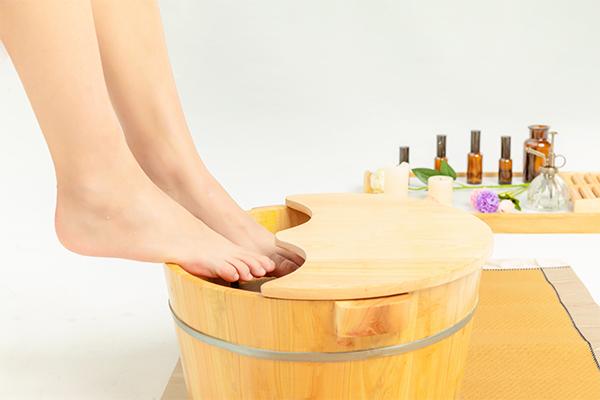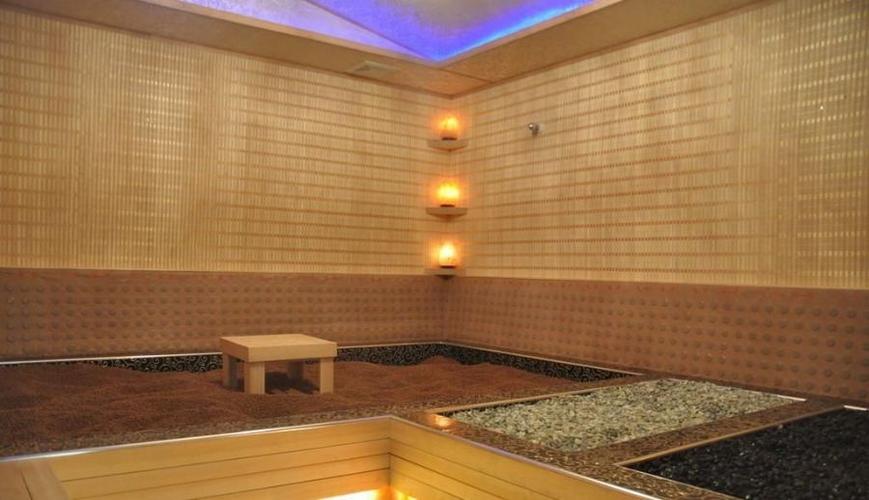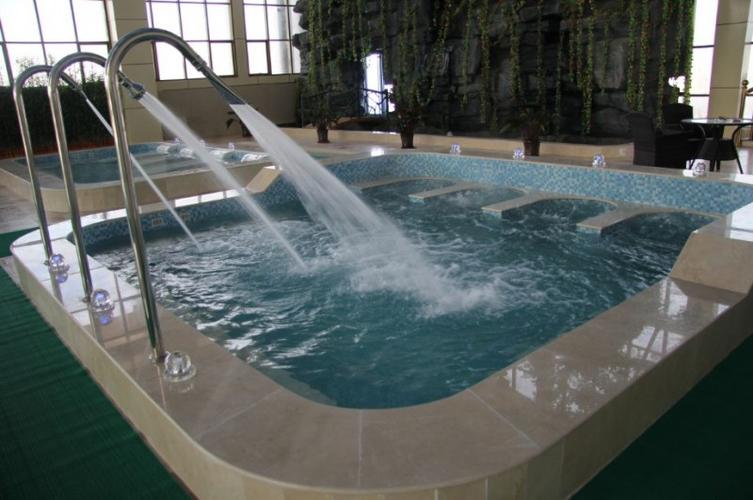As people age, maintaining overall health and well-being becomes increasingly crucial. Among the various methods available, foot therapy, also known as reflexology or foot massage, has gained popularity for its numerous benefits, particularly for the elderly. This article delves into the importance of foot therapy for seniors, exploring its physical, mental, and emotional advantages. By understanding these benefits, seniors and their caregivers can incorporate foot therapy into their wellness routines, promoting a healthier, more comfortable lifestyle.
### Physical Benefits of Foot Therapy
**Improved Circulation:** As we age, circulation tends to slow down, leading to various health issues, such as swelling, pain, and a general feeling of lethargy. Foot therapy can significantly enhance blood flow to the feet and lower legs, which is essential for overall health. Improved circulation helps deliver oxygen and nutrients to cells while removing waste products, which can alleviate pain and swelling.
**Pain Relief:** Chronic pain is a common issue among the elderly, often resulting from conditions like arthritis, neuropathy, or simply years of wear and tear. Foot therapy can provide relief from such pain by targeting specific pressure points. Reflexology, in particular, works on the principle that different parts of the foot correspond to various organs and systems in the body. By applying pressure to these points, a trained therapist can help alleviate pain not only in the feet but throughout the body.
**Enhanced Mobility and Balance:** Reduced mobility and balance issues are significant concerns for seniors, often leading to falls and injuries. Regular foot therapy can improve muscle strength and joint flexibility in the feet and lower legs, contributing to better stability and mobility. This enhancement can significantly reduce the risk of falls, providing seniors with greater confidence in their movements.
### Mental and Emotional Benefits

**Stress Reduction:** Aging can bring about a range of stressors, including health concerns, loss of independence, and changes in living situations. Foot therapy offers a relaxing and soothing experience that can help reduce stress and anxiety. The gentle, rhythmic motions of a foot massage can activate the parasympathetic nervous system, promoting a state of relaxation and calm.
**Improved Sleep:** Many seniors struggle with sleep disturbances, which can negatively impact their overall health and well-being. Foot therapy can improve sleep quality by relaxing the body and mind, making it easier to fall asleep and stay asleep. This improved sleep can lead to better mood, cognitive function, and energy levels during the day.
**Emotional Well-being:** Regular foot therapy sessions can contribute to emotional well-being by providing a sense of care and nurturing. The human touch involved in foot therapy can be particularly comforting for seniors, who may experience feelings of isolation or loneliness. This therapeutic interaction can foster a sense of connection and support, enhancing overall emotional health.
### Foot Therapy Techniques
**Reflexology:** This technique involves applying pressure to specific points on the feet, which correspond to various organs and systems in the body. Reflexologists believe that stimulating these points can promote healing and improve function in the corresponding areas. Reflexology is particularly beneficial for addressing internal health issues, such as digestive problems, respiratory conditions, and hormonal imbalances.

**Foot Massage:** A traditional foot massage focuses on relaxing the muscles and joints of the feet and lower legs. This type of massage can be particularly effective for relieving muscle tension, reducing pain, and improving flexibility. Foot massages can also incorporate various techniques, such as kneading, rubbing, and gentle stretching, to achieve optimal results.
**Hydrotherapy:** Foot hydrotherapy involves soaking the feet in warm water, often with the addition of therapeutic salts or essential oils. This technique can help soothe sore muscles, reduce swelling, and promote relaxation. Hydrotherapy can be a simple yet effective way for seniors to enjoy the benefits of foot therapy at home.
### Incorporating Foot Therapy into a Wellness Routine
**Regular Sessions:** To achieve the full benefits of foot therapy, it is essential to incorporate it into a regular wellness routine. Seniors should aim for at least one or two sessions per week, whether through professional reflexology or massage sessions or self-administered treatments at home.
**Professional Guidance:** While self-administered foot therapy can be beneficial, seeking professional guidance from a trained reflexologist or massage therapist can ensure that the techniques are applied correctly and effectively. Professionals can tailor the sessions to address specific health concerns and provide a more comprehensive approach to foot therapy.

**Self-Care at Home:** Seniors and their caregivers can also practice simple foot therapy techniques at home. Regularly soaking the feet in warm water, using a foot roller or massage ball, and performing gentle stretches can all contribute to maintaining healthy feet and promoting overall well-being.
### Conclusion
Foot therapy offers a holistic approach to improving the physical, mental, and emotional health of seniors. By enhancing circulation, providing pain relief, improving mobility, reducing stress, and promoting emotional well-being, foot therapy can significantly improve the quality of life for the elderly. Incorporating regular foot therapy sessions into a wellness routine, whether through professional treatments or self-care practices at home, can help seniors maintain their health and independence. As the benefits of foot therapy become more widely recognized, it stands out as a valuable tool in the pursuit of healthy aging.
版权声明
本文仅代表作者观点,不代表成都休闲网立场。
本文系作者授权发表,未经许可,不得转载。































